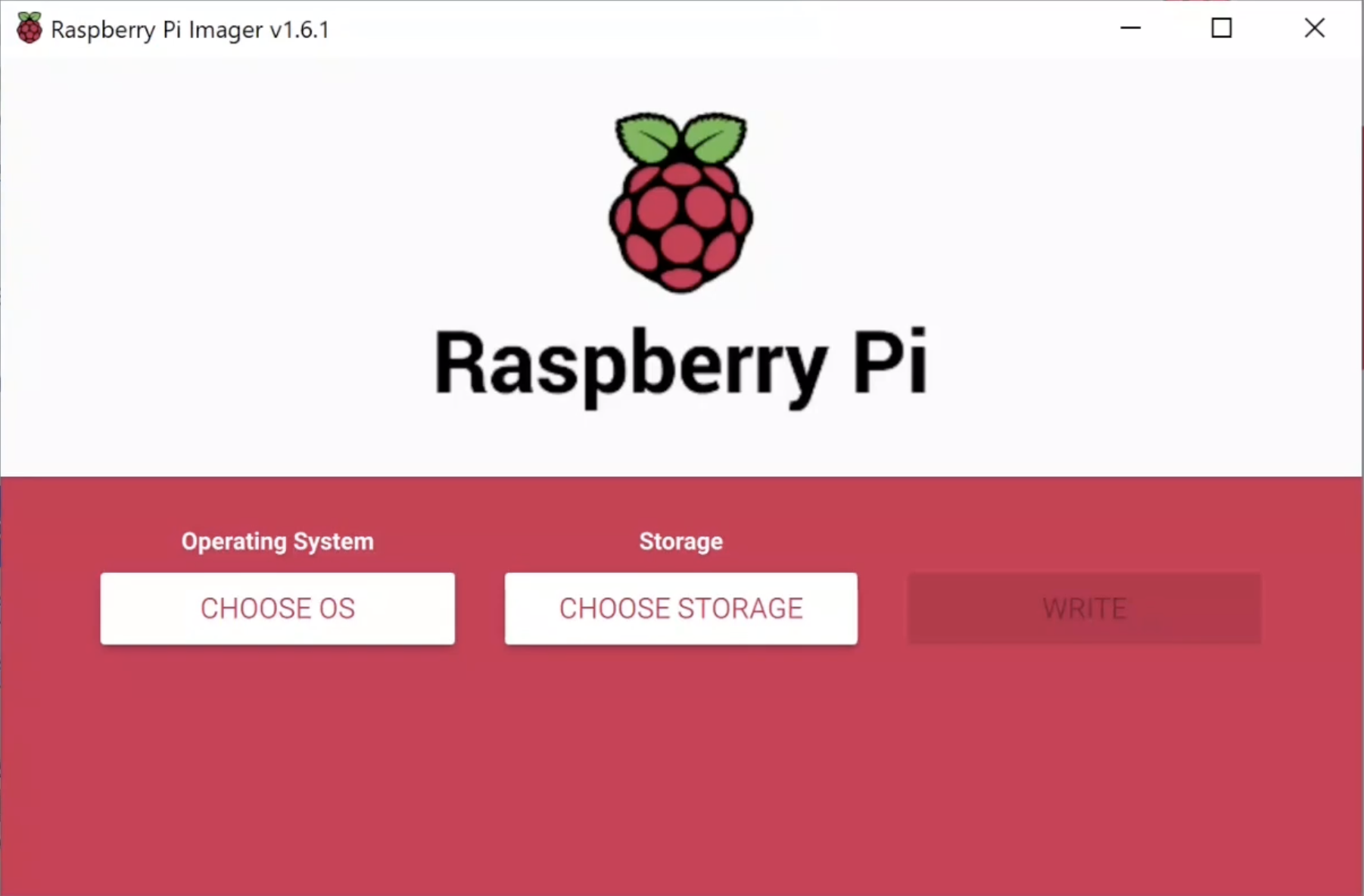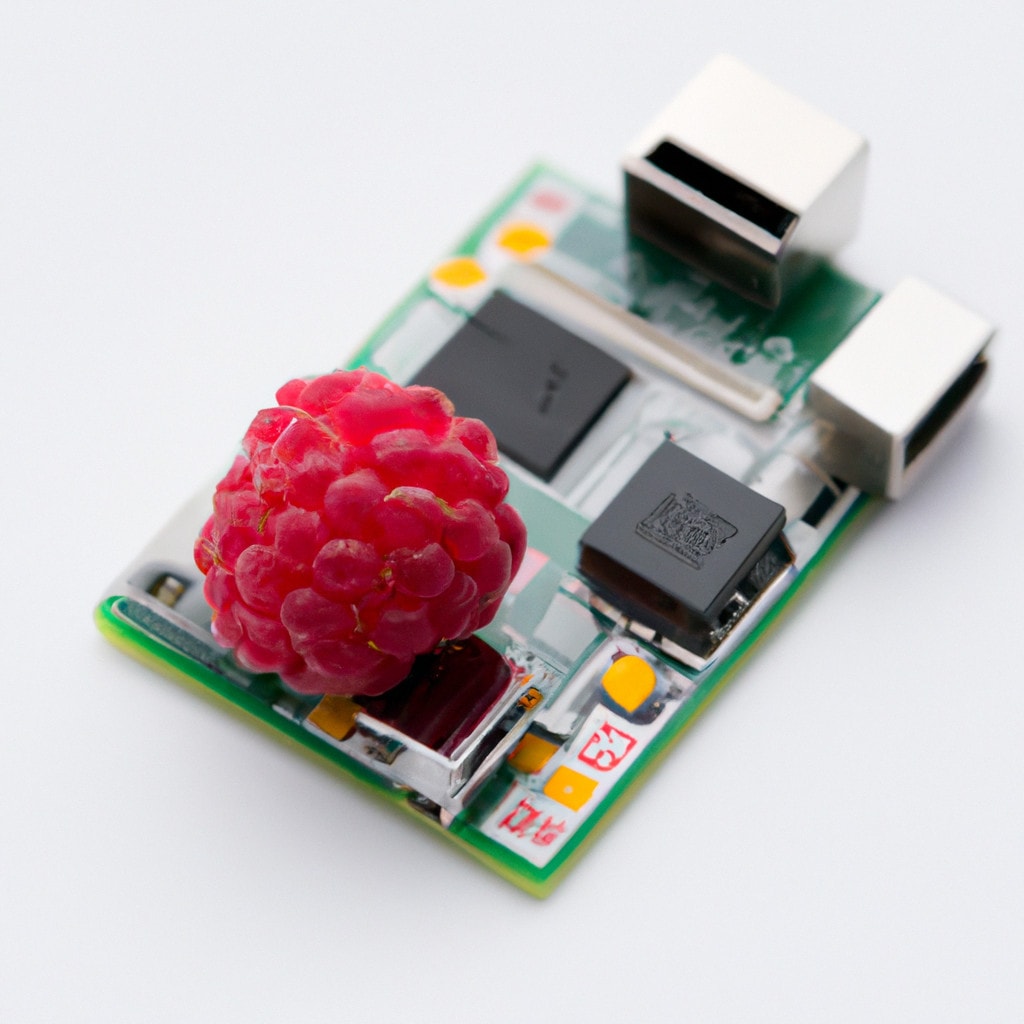Connecting to a Raspberry Pi remotely through SSH within a VPC is an essential skill for anyone working with IoT projects or cloud-based systems. Whether you're setting up a home automation system or managing a remote server, understanding how to configure and secure your Raspberry Pi is crucial. In this guide, we'll walk you through every step of the process, ensuring you have a seamless experience.
As the Internet of Things (IoT) continues to grow, the need for secure and efficient remote access solutions becomes increasingly important. With tools like RemoteIoT VPC SSH, users can manage their Raspberry Pi devices from anywhere in the world. This not only enhances convenience but also ensures that your IoT projects remain secure and operational.
This article is designed to provide a detailed breakdown of everything you need to know about remote IoT configurations, focusing on setting up a Virtual Private Cloud (VPC), enabling SSH access, and downloading the necessary files for your Raspberry Pi. By the end of this guide, you'll have a solid understanding of how to implement these tools effectively.
Read also:Ronald Goldman Parents A Comprehensive Insight Into Their Lives And Legacy
Table of Contents
- Introduction to RemoteIoT VPC SSH
- Overview of Raspberry Pi
- Setting Up a VPC for IoT
- Configuring SSH on Raspberry Pi
- Downloading Required Files
- Security Best Practices
- Common Issues and Troubleshooting
- Real-World Use Cases
- Performance Optimization Tips
- Conclusion
Introduction to RemoteIoT VPC SSH
RemoteIoT VPC SSH is a powerful combination of technologies that allows users to securely manage their Raspberry Pi devices remotely. A Virtual Private Cloud (VPC) provides a dedicated network environment, while SSH ensures encrypted communication between your local machine and the remote device. This setup is particularly useful for IoT projects where devices may be located in different geographical locations.
Understanding the basics of VPC and SSH is essential for anyone looking to implement remote IoT solutions. By leveraging these tools, users can streamline their workflows, enhance security, and improve overall system performance.
In this section, we'll explore the fundamental concepts of RemoteIoT VPC SSH, including its benefits, potential applications, and key considerations for implementation.
Overview of Raspberry Pi
The Raspberry Pi is a versatile single-board computer that has become a favorite among hobbyists, educators, and professionals alike. Its affordability, compact size, and ease of use make it an ideal platform for IoT projects. When combined with remote access tools like SSH, the Raspberry Pi becomes even more powerful, allowing users to manage their devices from anywhere.
Key Features of Raspberry Pi
- Compact and lightweight design
- Support for multiple operating systems
- Built-in GPIO pins for hardware interfacing
- Wide range of accessories and add-ons
Before diving into the setup process, it's important to familiarize yourself with the basics of Raspberry Pi and its capabilities. This will help you make informed decisions when configuring your remote IoT environment.
Setting Up a VPC for IoT
A Virtual Private Cloud (VPC) is a secure and isolated network environment that allows you to host your IoT devices. By setting up a VPC, you can ensure that your Raspberry Pi and other connected devices remain protected from unauthorized access. This section will guide you through the process of creating and configuring a VPC for your IoT projects.
Read also:Uconn Huskies Women's Basketball
Steps to Set Up a VPC
- Create a new VPC in your cloud provider's console
- Define subnets and IP ranges for your devices
- Configure security groups to control inbound and outbound traffic
- Assign public IP addresses to your Raspberry Pi devices
Setting up a VPC requires careful planning and attention to detail. By following these steps, you can create a robust and secure network environment for your IoT devices.
Configuring SSH on Raspberry Pi
Secure Shell (SSH) is a protocol that allows users to securely connect to remote devices over an encrypted connection. Enabling SSH on your Raspberry Pi is a crucial step in setting up a remote IoT environment. This section will walk you through the process of configuring SSH on your Raspberry Pi device.
Enabling SSH on Raspberry Pi
- Access the Raspberry Pi Configuration tool
- Enable the SSH service under the "Interfaces" tab
- Generate SSH keys for secure authentication
- Test the connection using an SSH client
Once SSH is enabled, you can connect to your Raspberry Pi from any device with an internet connection. This provides a convenient way to manage your IoT projects remotely.
Downloading Required Files
To get started with your Raspberry Pi project, you'll need to download several files, including the operating system image and any additional software packages. This section will guide you through the process of downloading and preparing these files for your Raspberry Pi.
Steps to Download Raspberry Pi Files
- Visit the official Raspberry Pi website
- Select the appropriate operating system for your project
- Download the necessary drivers and libraries
- Flash the image onto an SD card using a tool like Balena Etcher
Having the right files and tools is essential for setting up your Raspberry Pi successfully. By following these steps, you can ensure that your device is properly configured for remote access.
Security Best Practices
Security is a critical consideration when working with remote IoT devices. Ensuring that your Raspberry Pi and VPC environment are secure from potential threats is essential for protecting your data and maintaining system integrity. This section will outline some best practices for securing your remote IoT setup.
Tips for Enhancing Security
- Use strong and unique passwords for SSH access
- Enable two-factor authentication (2FA) whenever possible
- Regularly update your operating system and software packages
- Monitor network activity for suspicious behavior
By implementing these security measures, you can significantly reduce the risk of unauthorized access and protect your IoT projects from potential threats.
Common Issues and Troubleshooting
Even with careful planning and setup, issues can arise when working with remote IoT devices. This section will address some common problems users may encounter and provide solutions for resolving them.
Common Issues and Solutions
- Connection Issues: Verify that your SSH service is running and that your device has a stable internet connection.
- Authentication Failures: Ensure that your SSH keys are correctly configured and that your credentials are accurate.
- Network Configuration Problems: Check your VPC settings and security group rules to ensure proper traffic flow.
By addressing these issues promptly, you can minimize downtime and ensure that your IoT projects remain operational.
Real-World Use Cases
The combination of RemoteIoT VPC SSH and Raspberry Pi opens up a wide range of possibilities for IoT applications. From home automation to industrial monitoring, this setup can be tailored to meet the needs of various industries and use cases. This section will explore some real-world examples of how this technology is being used today.
Examples of IoT Applications
- Smart home systems for energy management
- Remote monitoring of agricultural equipment
- Industrial IoT solutions for predictive maintenance
By leveraging the power of remote IoT technologies, businesses and individuals can create innovative solutions that enhance efficiency and improve quality of life.
Performance Optimization Tips
Optimizing the performance of your remote IoT setup is essential for ensuring smooth operation and maximizing resource utilization. This section will provide some tips and strategies for improving the performance of your Raspberry Pi and VPC environment.
Strategies for Performance Optimization
- Use lightweight operating systems and software packages
- Optimize network settings for low latency and high throughput
- Implement caching mechanisms to reduce data transfer times
By following these strategies, you can enhance the performance of your IoT projects and ensure that they run efficiently under various conditions.
Conclusion
In conclusion, mastering RemoteIoT VPC SSH Raspberry Pi download is a valuable skill for anyone working with IoT projects. By understanding the fundamentals of VPC and SSH, configuring your Raspberry Pi device, and implementing security best practices, you can create a robust and secure remote IoT environment. This guide has provided a comprehensive overview of the key concepts and steps involved in setting up and optimizing your IoT setup.
We encourage you to share your thoughts and experiences in the comments section below. Additionally, feel free to explore other articles on our website for more insights into IoT and related technologies. Together, let's build a smarter, more connected world!


